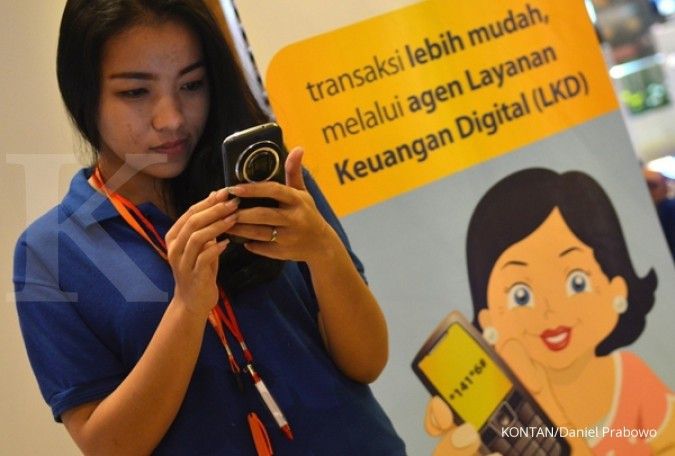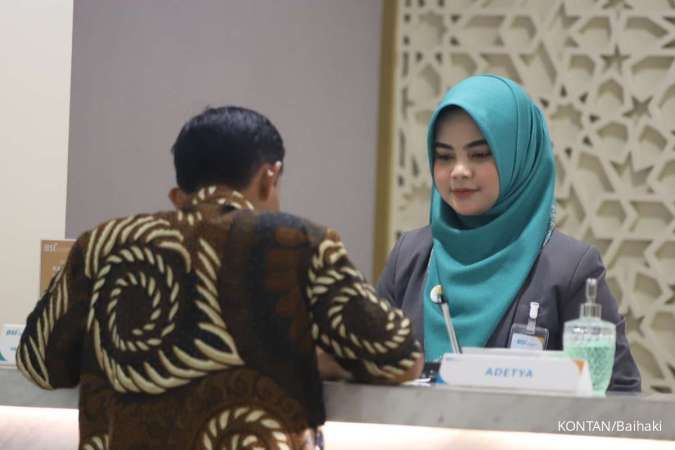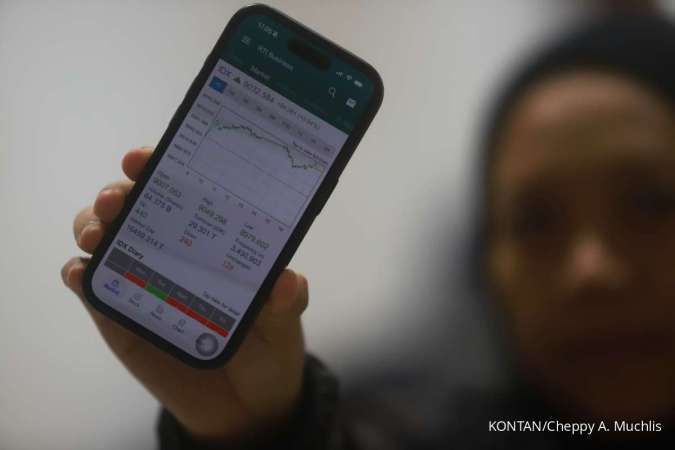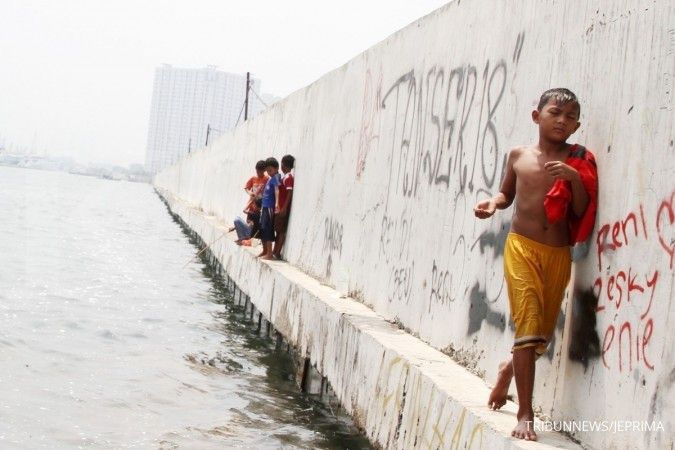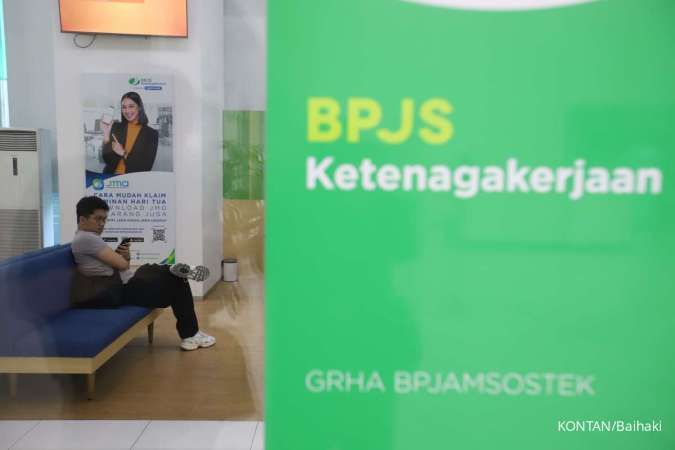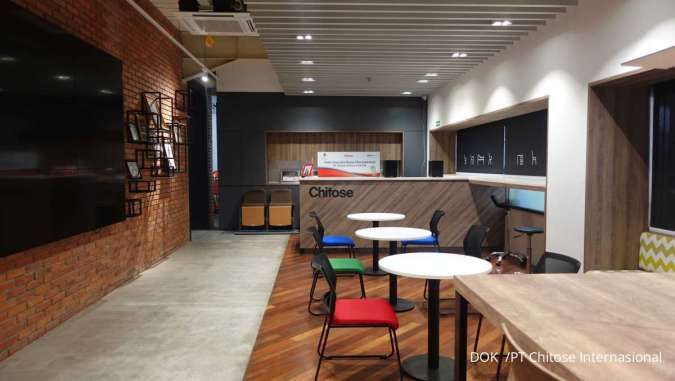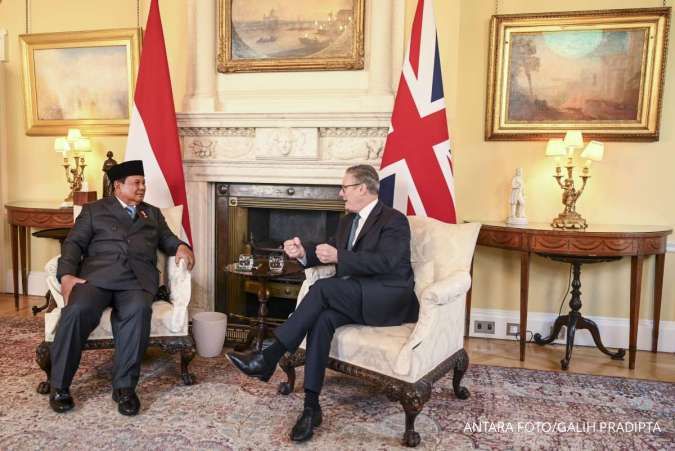Banks Facing Difficulty to Meet the 30% MSMEs Credit Ratio Target

KONTAN.CO.ID - JAKARTA. Domestic banks seem to face difficulty pursuing the target of a 30% micro, small, and medium enterprise (UMKM) credit ratio by 2024 as set by the government. Although Bank Indonesia (BI) has provided incentives to spur this segment, outstanding MSME loans actually slowed down until April 2023.
BI, for example, has provided incentives for minimum reserve requirements (GWM) for banks that lend to the priority sector and MSMEs since September 2022. The incentive has been extended since April 1, 2023, to a maximum of 1.5% for banks that finance the priority sector and 1% for MSMEs.
Based on BI's money supply analysis, MSME credit as of April reached IDR 1,274.8 trillion, growing only 6.6% on an annual basis. The growth trend continues to slow down. In April 2022, it was recorded to have grown 16.9%, then sloped to 10.2% in December and 8.5% in March 2023.
The growth in MSME loans was only supported by the micro-segment, which has successfully grown 38.4% on an annual basis. This growth was also smaller than last March's growth, which reached 43.9%.
The distribution of Kredit Usaha Rakyat (KUR) in the first four months of this year has reached Rp 53.93 trillion. Meanwhile, the small and medium segments actually corrected by 8.1% and 12.8%, respectively.
Baca Juga: Profit-bringing Issuers from the Carbon Exchange
The ratio of MSME loans also declined. As of April, this segment only contributed 19.76% to total bank credit. Whereas the MSME credit ratio in 2021 was 21.02%. According to LPPI Senior Faculty Moch Amin Nurdin, the slowdown in MSME credit growth cannot be separated from the overall credit rate, which is indeed sloping. One of the causes is relaxation on hold.
As a result, banks are cautious about extending credit. UMKM owners are also still waiting and seeing for expansion because not all businesses have recovered from the Covid-19 pandemic.
In addition, there are allegations that the business scale of MSME owners has shrunk during the pandemic. This can be seen from the better distribution of microcredit than in other MSME segments.
According to Bina Nusantara University Economist, Doddy Ariefianto, there may be MSME owners who are downgrading. "So there is a shifting, not going up in class but down, so that the microscale looks the most growing," he said, Monday (5/29).
Bank Maybank Indonesia President Director Taswin Zakaria agreed that the current credit growth data is still not uniform. Credit is also strongly influenced by people's purchasing power.
Maybank's MSME loan portfolio also contracted. The bank's non-retail Community Financial Services (CFS) financing in the first quarter of 2023 fell by around 5%. In particular, microcredit was corrected by 77.7%.
Bank Mandiri was more fortunate. The bank's MSME loans still grew 9.99% in the first quarter. But this figure slowed down from March's position, which recorded growth of 11.1%.
However, there is still hope that MSME credit can accelerate. The general election is believed to be the driver of MSME business this year. Amin estimates that the MSME credit segment will grow at the end of the year, especially starting in the third quarter.
Bank Mandiri Corporate Secretary Rudi As Aturridha said the bank will spur the MSME segment by utilizing the wholesale customer ecosystem and optimizing KUR.

